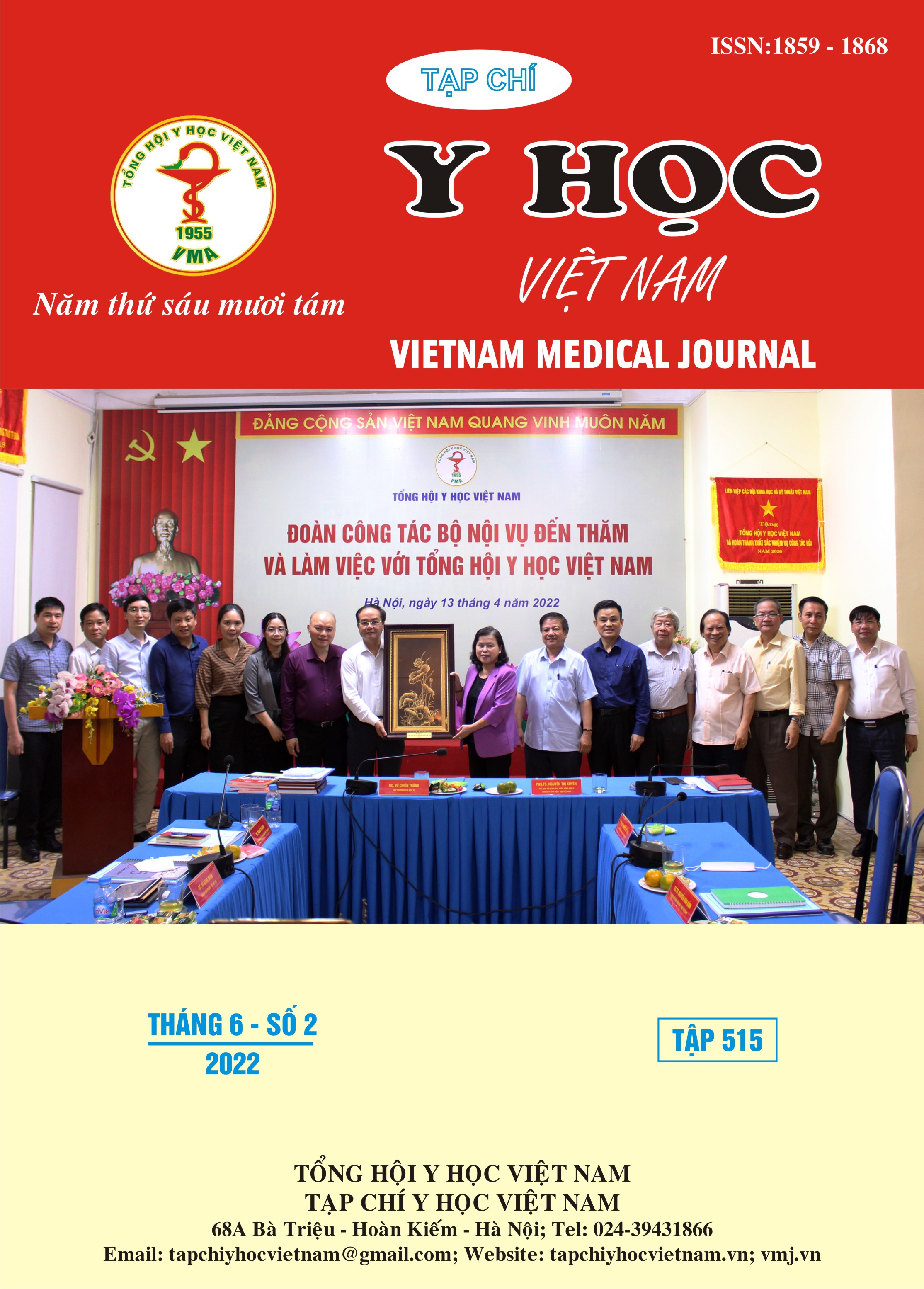CHARACTERISTICS OF ANTIBIOTIC-RESISTANT BACTERIA ISOLATED FROM SKIN AND SOFT TISSUE INFECTIONS IN NGHE AN GENERAL FRIENDSHIP HOSPITAL
Main Article Content
Abstract
Background: Skin and soft tissue infections (SSTIs) can occur at all ages and in any clinical departments. SSTIs are able to recur if not early diagnosed and thoroughly treated. Research objectives: Identify common pathogenic bacteria and study antibiotic resistance characteristics of common SSTIs at Nghe An General Friendship Hospital. Objects and research methods: Bacteria strains causing SSTIs isolated at Nghe An General Friendship Hospital in 2019. Study design: Cross-sectional description with analysis. Results: The highest proportion of bacteria causing SSTIs were S. aureus (45.3%), followed by E. coli (11.3%) and P. aeruginosa (9.8%). The proportion of MRSA in strains of S. aureus was 74.9%. The highest antibiotic resistance rates of P. aeruginosa were ticacillin + clavulanic (20.5%), levofloxacin (15.4%), and ciprofloxacin (12.8%). E. coli resistant to Cephalosporine, Quinolone from 50-70%, Carbapenem 4.5%, ESBL rate 45.3%. Conclusions: Common bacteria causing SSTIs are S. aureus (45.3%), E. coli (11.3%), P. aeruginosa (9.8%). S. aureus strains were resistant to methicillin 73.7%, not recognized resistant to vancomycin and linezolid. P. aeruginosa had low resistance to common antibiotics. E. coli had high resistance to cephalosporine, quinolone from 50-70%, low resistance to carbapenem with 4.5%.
Article Details
Keywords
skin and soft tissue infections, antibiotic resistance, Staphylococcus aureus, E. coli, P. aeruginosa
References
2. R. D. Mistry et al., “Clinical management of skin and soft tissue infections in the U.S. Emergency departments,” West. J. Emerg. Med., vol. 15, no. 4, pp. 491–498, 2014.
3. et al Rennie RP, Jones RN, Mutnick AH, “Occurrence and antimicrobial susceptibility patterns of pathogens isolated from skin and soft tissue infections: report from the Sentry antimicrobial surveillance program,” Diagn Microbio Infect Dis, vol. 45, no. 4, pp. 287–93, 2003.
4. L. V. T. Lê Huy Thạch, “Tình hình đề kháng kháng sinh In-vitro của Staphylococcus aureus,” 2016.
5. P. H. N. Chu Anh Tuấn, Nguyễn Như Lâm, “Căn nguyên và mức độ kháng kháng sinh của vi khuẩn phân lập tại khoa bỏng và phẫu thuật tạo hình - Bệnh viện Chợ Rẫy 2013,” tạp chí Y học Thảm họa và bỏng, no. Số 2, 2015, 2013.
6. V. L. N. L. Nguyễn Hữu An, Trần Thị Tuyết Nga, Cao Hữu Nghĩa, “Tỷ lệ khánh kháng sinh của Staphylococcus aureus trong các mẫu bệnh phẩm tại Việ Pasteur TP. Hồ Chí Minh,” Tạp chí Y học dự phòng, vol. 10, no. Tập XXXIII, p. 146, 2013.
7. Phạm Hùng Vân and Phạm Thái Bình, “Đề kháng kháng sinh của Staphylococcus aureus-Kết quả nghiên cứu đa trung tâm thực hiện trên 235 chủng vi khuẩn,” TTạp chí Y học thực hành ISSN 0866-7241, no. 513, pp. 117–125, 2005.
8. Bùi Khắc Hậu và nhóm tác giả, “Dịch tễ học phân tử các chủng Pseudomonas aeruginosa đa kháng thuốc nhiễm trùng bệnh viện tại Hà Nội,” Báo cáo kết quả nghiên cứu Đề tài cấp Bộ, Đại học Y Hà Nội, 2008.
9. T. V. N. Trần Minh Giang, “Pseudomonas Aeruginosa đa kháng: Kết quả từ nghiên cứu lâm sàng trên bệnh nhân viêm phổi thở máy.” [Online]. Available: http://www.hoihohaptphcm.org/chuyende/benh-phoi/299-pseudomonas-aeruginosa-da-khang-ket-qua-tu-nghien-cuu-lam-sang-tren-benh-nhan-viem-phoi-thoi-may. [Accessed: 13-Mar-2020].
10. H. T. K. L. Lê Ngọc Sơn, Trình Minh Hiệp, “Tình hình đề kháng kháng sinh của Klebsiella spp. phân lập tại bệnh viện Nguyễn Đình Chiểu, Bến Tre,” Thời sự Y học, pp. 51–54, 2017.


